(Baonghean.vn) – Stilt houses are a unique traditional architecture of the Thai, Khmu, Odu ethnic groups... Over time, the conditions and habits of building houses have changed a lot, but in general, the image of stilt houses is still a beautiful cultural feature, an impressive architectural symbol of the highland villages.
» Priest Nguyen Dinh Thuc incited parishioners
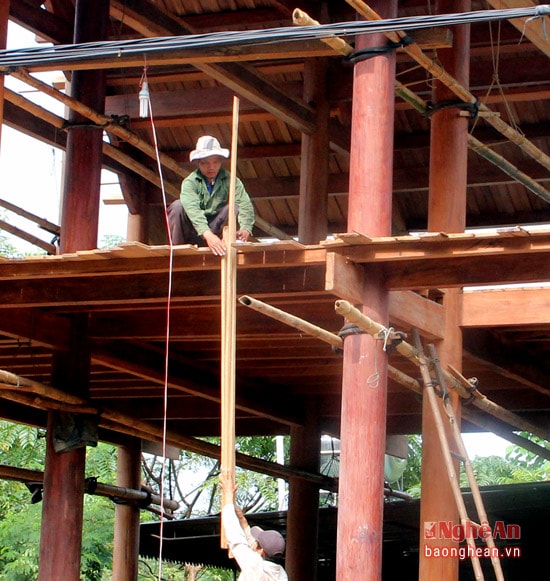 |
| To build a sturdy and aesthetically pleasing stilt house, people often have to use dozens of cubic meters of wood as materials. Photo: Ho Phuong. |
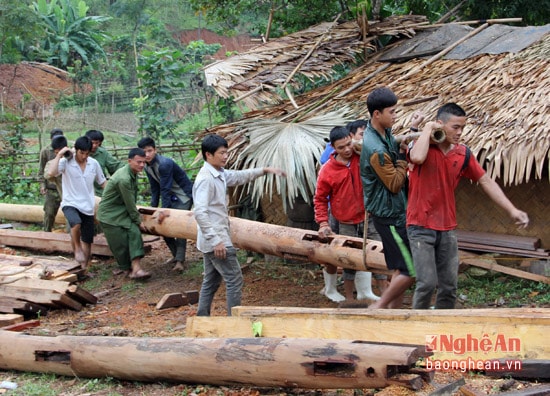 |
| The pillars of stilt houses are often tall and large, and moving them requires the help of many people. Photo: Ho Phuong. |
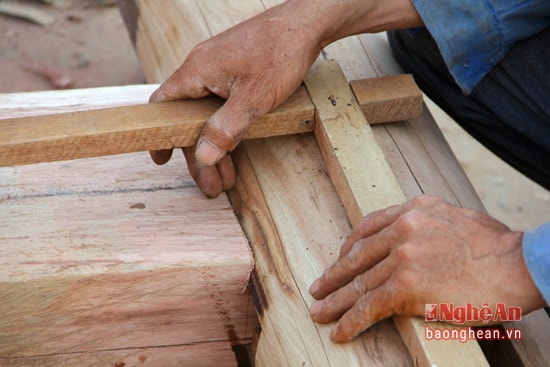 |
| Because the amount of raw wood needed is quite large, the house building process requires workers to be meticulous and careful in measuring and calculating to avoid wasting wood. Photo: Ho Phuong. |
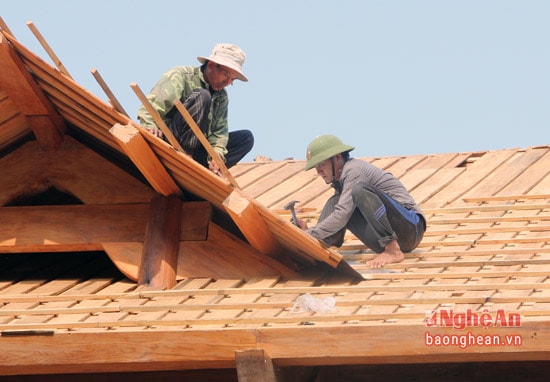 |
The stilt roof is an important part of the overall architecture. Roofing requires experienced workers. Photo: Ho Phuong. |
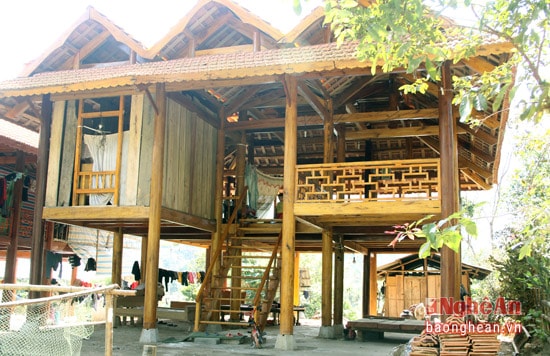 |
| A stilt house requires a large amount of wood. Therefore, to build a complete stilt house, people had to save up for many years. Photo: Ho Phuong. |
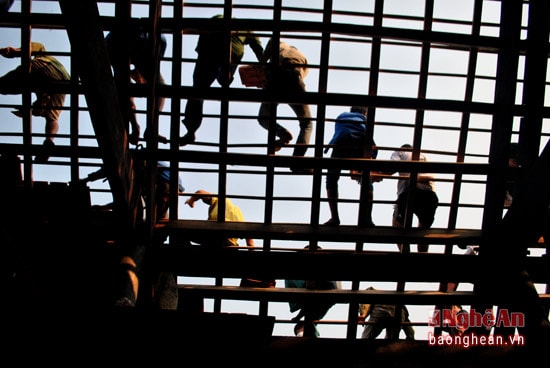 |
Nowadays, wood resources are increasingly scarce, the policy of closing forests is strictly implemented, so wooden stilt houses are gradually decreasing. Instead, people have gradually changed their habits, switching to building concrete stilt houses, roofing with many materials depending on the economic conditions of the homeowner, which can be tiles, corrugated iron, palm leaves, cement corrugated iron... Photo: Ho Phuong. |
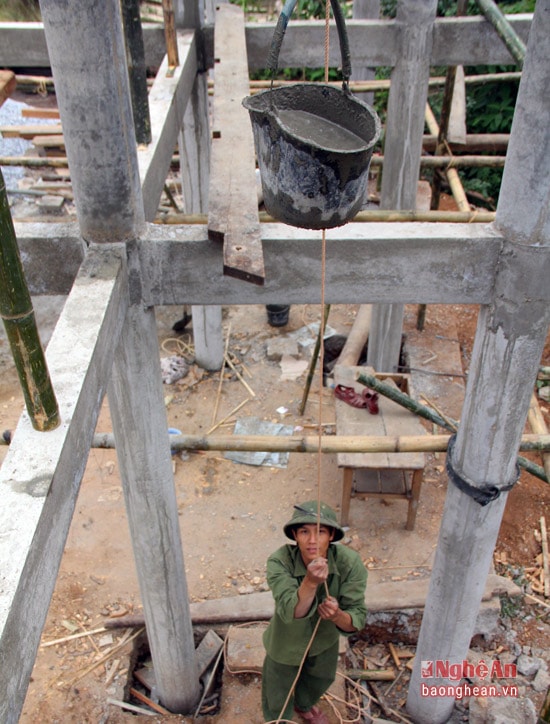 |
The trend of building concrete stilt houses is becoming more and more popular. This not only contributes to forest protection but also preserves the traditional living habits and architecture of the people. Photo: Ho Phuong. |
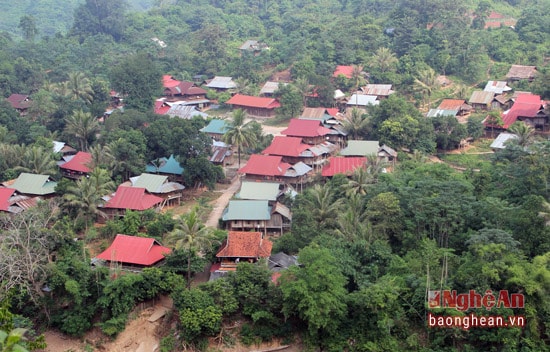 |
| In the villages of Western Nghe An, stilt houses are not only a unique cultural feature but also a symbol of a prosperous countryside. In the photo: Yen Hoa village, My Ly commune, Ky Son district (Nghe An). Photo: Ho Phuong. |
Ho Phuong









